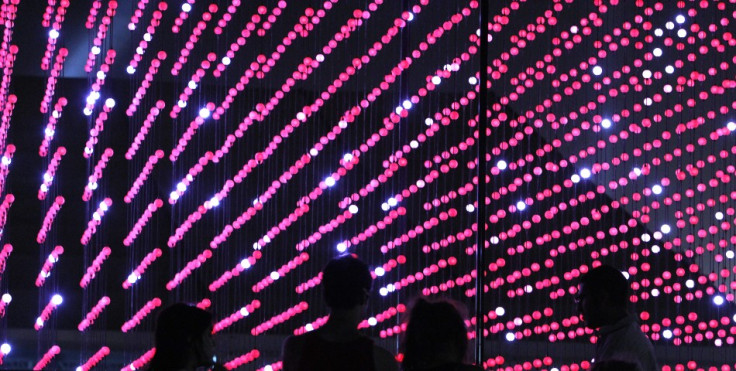Power Semiconductor Market to Cross $3 bln Mark by 2016
The worldwide market for power semiconductors used in LED lighting is projected to cross $3 billion by 2016, says IMS Research, a leading independent provider of market research and consultancy to the global electronics industry.
The rapid consumption of LED lighting, driven by the demand for more efficient lighting and legislation against incandescent lamps, is expected to create a potential market of 19 billion power semiconductor units by 2016, reveals IMS in its latest report on 'Opportunities for Power Components in LED Lighting'.
Retrofit LED lamps open up the largest opportunity for manufacturers, which is estimated to drive over $2 billion of power semiconductors with expanding range of varying electronics design, requirements and specifications.

"The complex electronics involved in LED lighting adds a new challenge for traditional manufacturers of lighting solutions. Most designs require knowledge of power electronics, something which many suppliers don't currently have in-house," says Ryan Sanderson, the co-author of the report and senior market analyst at IMS Research.
Further, the market for LED lamp is expected to drive more than $1.5 billion of AC-DC and DC-DC controllers and low power MOSFETs (used in solutions which use a controller with an external FET) by 2016.
The report also identified the huge market potential for high power LED luminaires over 60W, for applications such as street and industrial lighting. Jointly, these applications are expected to drive a power discrete market over $1 billion by 2016, accounting power MOSFETs and rectifiers sold both directly to LED luminaire and to merchant power supply manufacturers.
Jonathon Eykyn, the other co-author says: "Although some of the largest LED lighting manufactures have the capability to design and manufacture power circuitry in-house, they still need the knowledge and expertise of the power semiconductor industry and this is something that is unlikely to change."
At the same time, the report founds it is likely that the power semiconductor opportunity will remain a separate and addressable to all power semiconductor manufacturers, as a large portion of the power supply opportunity in LED lighting (particularly in LED lamps) will be absorbed by these companies, which are becoming increasingly more vertically integrated.
Eykyn added, "The opportunity is likely to increase further as manufacturers begin to add higher levels of intelligence to their LED lighting products, offering additional functionality to the consumer and increasing energy efficiency."
© Copyright IBTimes 2025. All rights reserved.




















